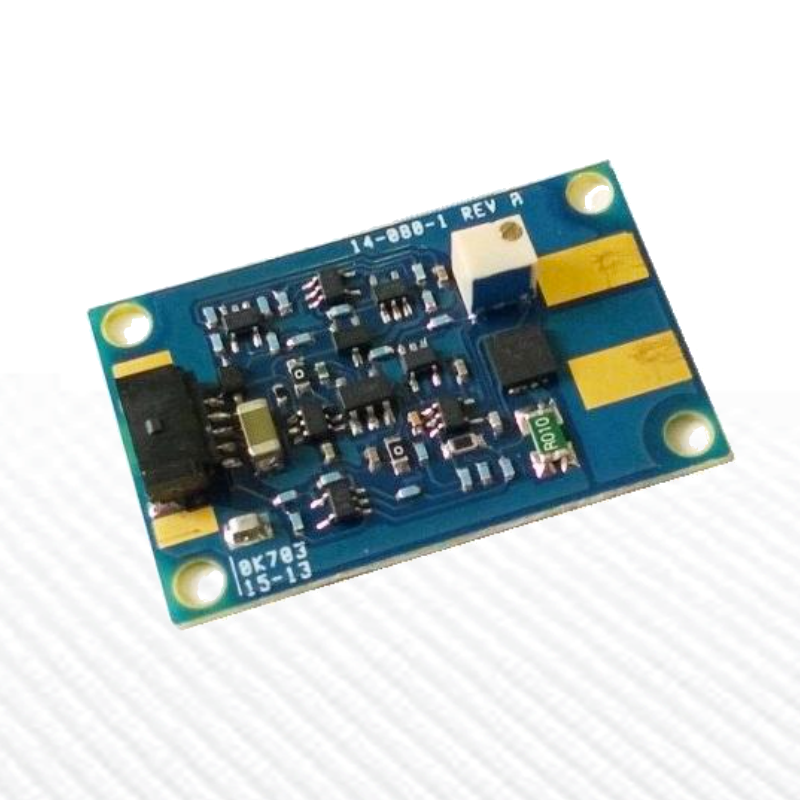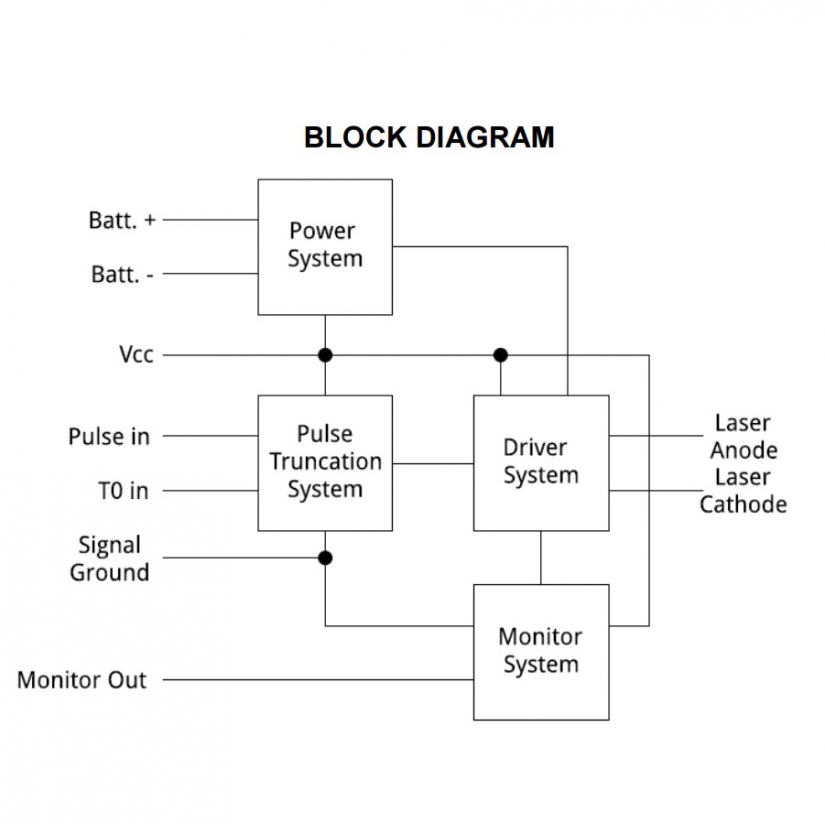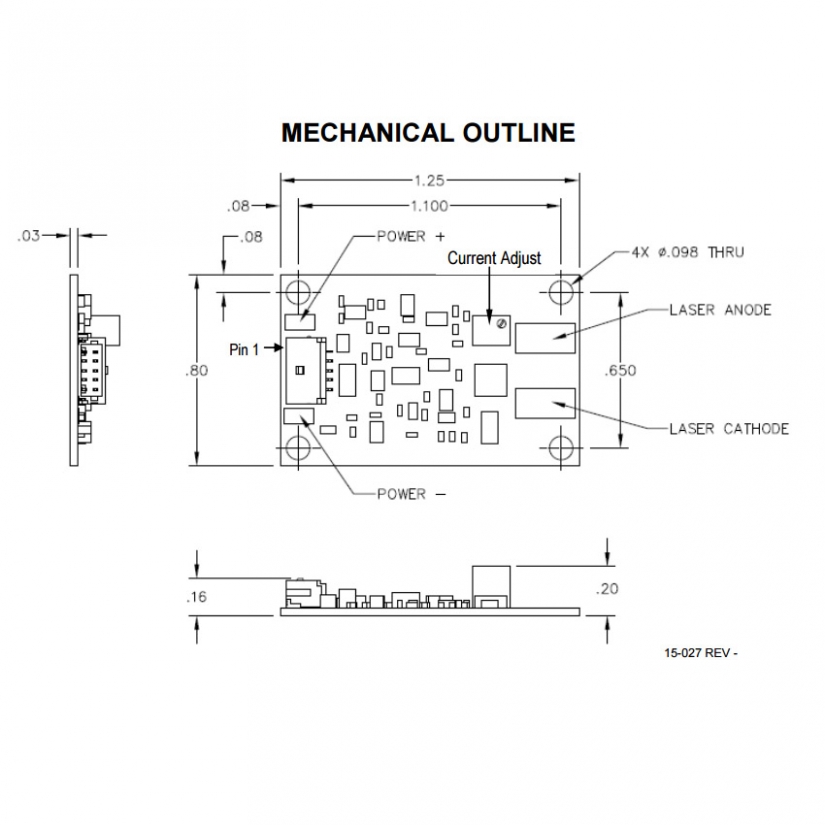Home > Pulsed Laser Diode Drivers > Analog Modules > 786
Request Quote sku / item#: 786 ships: Request a Quote for Current Ship Date
Key Features
- Compact 10 Amp Pulsed and QCW Laser Diode Driver
- Optimized for Battery Operation
- Output Current: 10 Amps QCW Mode
- QCW Pulse Width: 1.0 to 10.0 ms
- Compliance Voltage: 2.2V
Product Warranty
All products purchased from Laser Lab Sourceare sold with a full one-year warranty. See terms & conditions for full details.The Laser Lab Source group websites include:- LaserDiodeSource.com
- LaserLabSource.com
- LaserDiodeControl.com
Price and Delivery Quote
Customers Also Considered:
| MODEL | 786 |
|---|---|
| PRICE | Request Price |
| General SPECIFICATIONS | |
|
|
Product Overview:
Compact QCW OEM Laser Diode Driver
The Model 786 is a high current driver designed primarily for diode pumped passively Q-switched lasers. It is a single channel compact QCW laser diode driver designed to power direct coupled laser diodes. The input is via a 3.6V DC lithium battery or power supply. Current amplitude is adjustable by a potentiometer and solder pad connections are present to connect the laser diode. Output pulse width will follow the external trigger input and the pulse can be truncated by an external photodetector input, if present or a 2.4V to 5V logic level.
The Model 786 is preferentially designed for battery operated portable applications. As such, minimization of size, weight, power consumption and cost were the primary design drivers.
The internal battery resistance and the associated power wiring resistance can cause a significant voltage drop during the pulse and should be minimized. The laser voltage drop is less than 2V normally. The rest of the electronics requires more voltage. By capturing the higher battery voltage between shots and using it to operate the low current electronics, the battery life can be extended. It is also supplied for use as a bias source for an optional photo detector to respond to the Tₒ event.
The Model 786 is designed to operate from a single lithium ion primary or secondary cell 3V to 3.7V nominal output or two lithium ion primary cells nominal output 1.5V each.
Why do Scientists & Engineers Choose Laser Lab Source?
-

Get DIRECT, Fast Tech-Support from the Product Engineer, No Sales Person in the Middle
-

Get the Lowest Price, Factory Direct, No Mark-Up's, Suppliers Post their Own Price
-

Get a 30 Day Evaluation Period with No Risk Return on Most Products, Check Availability



